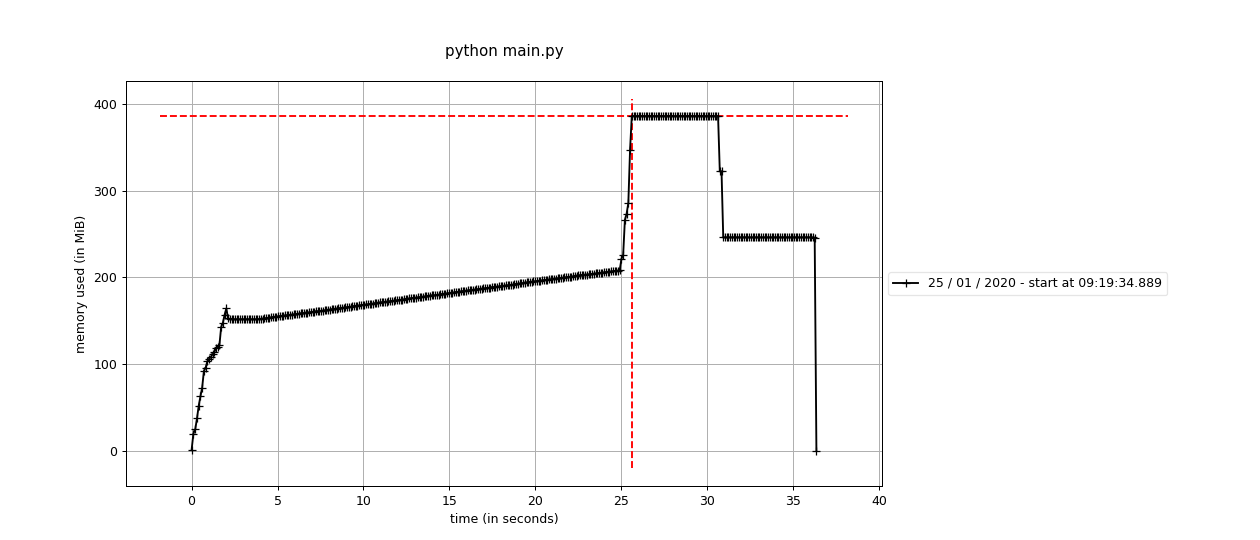This repository contains my team's solution to the 2020 edition of the International Data Analysis Olympiad (IDAO). Our team is called Data O Plomo.
Overall we ranked 2nd on track 1, 1st on track 2, and 1st overall. We used the same model for both tracks. Our model is very simple, and is basically an autoregressive linear regression with a few bells and whistles.
You first want to unzip the data folder into data/. You should thus have data/train.csv, data/Track 1, and data/Track 2 on your path.
We built several simple models which are each contained in a Jupyter notebook. You can either open them and execute them manually, or programmatically by using nbconvert.
jupyter nbconvert \
--execute auto-regression.ipynb \
--to notebook \
--inplace \
--ExecutePreprocessor.timeout=-1 \
--debug
jupyter nbconvert \
--execute cycle_regression.ipynb \
--to notebook \
--inplace \
--ExecutePreprocessor.timeout=-1 \
--debugEach notebook will produces validation scores as well as submission files, both of which are stored in the results directory. For instance, auto-regression.ipynb will output results/ar_track_1.csv (which is the submission file) and results/ar_val_scores.csv (which are the validation scores).
We can now blend the submissions. This will produce a submission file named track_1_blended.csv in the results directory.
python results/blend_track_1.pyFinally, the submission for track 2 can be obtained by zipping the track_2 directory. The latter contains a file named ar_models.pkl which is produced by the auto-regression.ipynb notebook.
rm -f track_2/*.csv track_2/*.dat # remove unnecessary artifacts
zip -jr results/track_2.zip track_2The goal of track 2 was to implement a model which could make predictions on the test set in less than 60 seconds with under 500 MB of RAM. We used the memory_profiler package for measuring the memory consumption of our script for track 2.
cd track_2
pip install memory_profiler
mprof run python main.py
mprof plot --output ../results/track_2_memory_usage.pngAs for speed, we used a rule of thumb, which is that the Yandex machine used for running our code is 20 seconds slower than our machine. We thus checked that our code took at most 40 seconds to run on our machine. For reference, our CPU model is Intel(R) Core(TM) i7-8550U CPU @ 1.80GHz.
